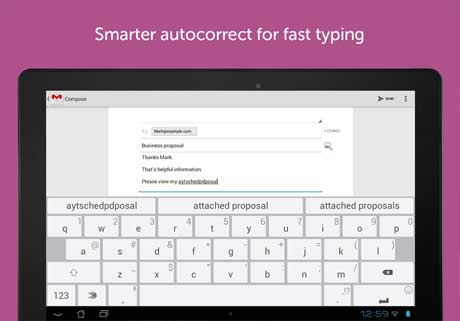


The new tools will not only help in making computing inclusive they are also expected to improve typing speed and accuracy in Indian languages by at least 20%.

For instance, if we type ‘Bharat’ in Latin characters, the Phonetic keyboard will transliterate final output to भारत (Hindi), ভারত (Bengali), ભારત (Gujarati) or ਭਾਰਤ (Punjabi) depending on the target language. Transliteration, unlike translation, automatically converts text from one script to another. This has made it simple for users to input transliterated Indic text using the existing keyboards which traditionally have Latin characters inscribed on them. The keyboards now allow Indian users to work in their native/preferred languages unlike before when many of them had to purchase customized Indic hardware keyboards or stickers. The release of the updated phonetic keyboards is available in Hindi, Bangla, Tamil, Marathi, Punjabi, Gujarati, Odia, Telugu, Kannada and Malayalam languages, which is a significant step towards making computing language-agnostic and more inclusive in India. Since these keyboards are based on natural pronunciation, users don’t need to separately learn to use them and simply start using them immediately. The updated virtual keyboard learns from the behavior patterns and preferences of the user and accordingly offers individualized word suggestions in Indian languages, enhancing and improving accuracy of text input. Integrates the virtual keyboards as part of the operating systemĭelhi, June 17, 2019: As part of its efforts to personalize technology and make it accessible for everyone, Microsoft has announced the release of smart Phonetic keyboards for 10 Indian languages in its May 2019 update (19H1) for Windows 10.


 0 kommentar(er)
0 kommentar(er)
